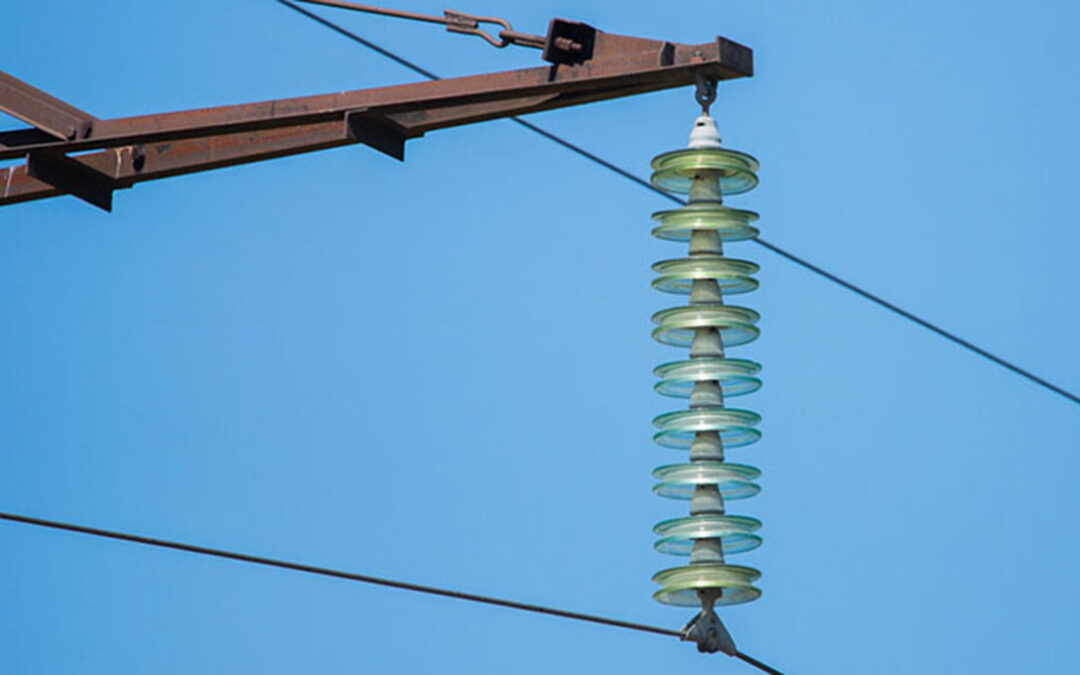A suspension insulator is one of the electrical insulators used on overhead transmission lines and telecommunication lines. Suspension insulators are vital to use to ensure the stability and proper functioning of the overhead cables. They also contribute to the reliable and efficient operation of electrical and telecommunications systems. Suspension insulators are also known as disc insulators or porcelain insulators. They are used to suspend and support the overhead cables securely in place. Suspension insulators are designed to provide mechanical stability and hold the cables securely in place while allowing them to maintain the desired tension. It has a metal or composite body with various components like bolts, fasteners and gripping elements. The gripping elements secure the cables by applying pressure or creating a clamping mechanism that prevents them from slipping or sagging.
Parts of the suspension insulator

There are different designs of suspension insulators used in the market for proper energy transmission. The designs also vary depending on the specific application and cable type. They are designed to provide electrical insulation and mechanical support to overhead conductors. To achieve this, they have different features to support operability. The components are discussed below.
- Insulator disc
These are the main components of the suspension insulator made of porcelain, glass, or polymer materials with high dielectric strength. They are arranged in a series and stacked vertically forming a string. The number of strings used depends on the system voltage and the required electrical insulation level. - Metal fittings
The insulators have metal caps at the end of each string to provide a means to attach the insulator to the supporting structure. - Cement
Cement is applied between the discs to ensure a strong bond and prevent moisture from entering. This prevents the insulator discs from moving or separating under various conditions. - Fastening devices
Suspension insulators use fastening devices like bolts, nuts and washers to secure the discs, fittings and cement together. They ensure a firm and reliable connection between the various parts of the insulator. - Shed
Each disc has a shed surrounding it designed to provide additional leakage paths for surface water or contaminants, improving the performance of the insulator under wet polluted conditions. - Suspension assembly
These consist of a metal or composite bracket, a hanger and a connecting link that can attach the insulator string to the overhead conductor. This allows the insulator to hang in a suspended manner.
Types of suspension insulators
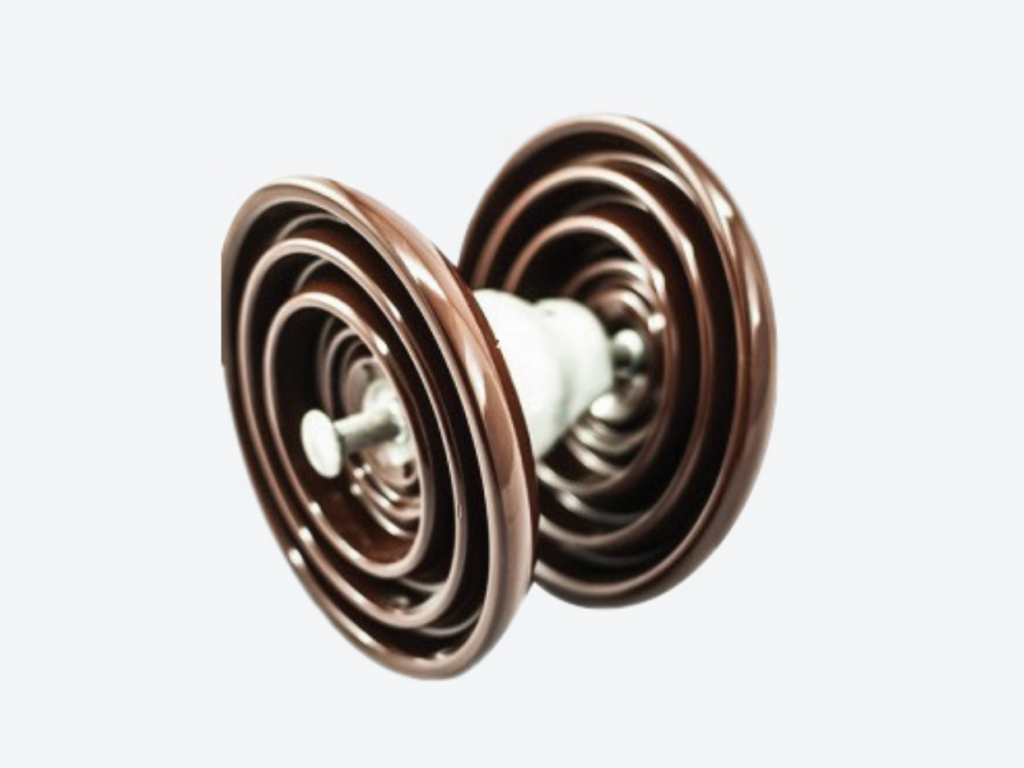


Suspension insulators are made from different materials for different specifications in the applications. There are various suspension insulators used in overhead electrical power transmission and distribution systems. The selection of the insulators should be based on factors such as voltage levels, pollution levels, mechanical loads and environmental conditions. The following are the common types of insulators used on the overhead lines.
- Interphase spacer suspension insulator
These insulators are used in three-phase transmission lines to provide the required separation between conductors. They entail multiple insulator strings connected with metal fittings, creating a spacing arrangement between the conductors. - Pin type suspension insulator
This entails a series of vertically porcelain or composite discs stacked and then mounted on a pin. The pin is attached to a cross arm or tower. These types of insulators mainly work in medium-voltage distribution systems. - Pollution-resistant suspension insulator
Pollution-resistant insulators are designed to withstand heavy contamination or pollution levels. This reduces the damage to the insulating properties of traditional insulators. They feature surface coatings, hydrophobic properties or improved shed designs to repel contaminants and maintain effective insulation. - Toughened glass suspension insulator
These suspension insulators are made of toughened glass materials instead of porcelain or glass. They offer enhanced mechanical strength and resistance to breakage which makes them suitable for areas with high mechanical loads. - Long rod suspension insulator
Long rod suspension insulators have longer porcelain or composite insulator strings compared to pin type insulators. They have a design that enables them to withstand higher systems. They also provide increased creepage distance and improved electrical performance. - Composite suspension insulator
Composite suspension insulators are constructed using non-ceramic materials which offer benefits like light weight, high mechanical strength and resistance to pollution and vandalism. They are mostly used in areas with high pollution levels or corrosive environments.
Applications of the suspension insulator
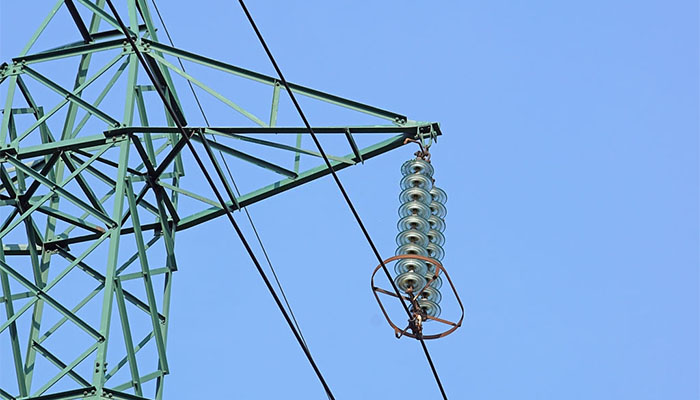
Suspension insulators are widely used in electrical power systems to support overhead power transmission and distribution lines. They are mainly from porcelain or composite materials which are designed to withstand mechanical stresses, electrical voltage and environmental conditions. The following are the main areas of applications for the suspension insulators.
- Railway electrification
Suspension insulators in railway systems provide insulation and support to the overhead wires that supply power to electric trains. This ensures the safe and efficient transmission of electricity. - Distribution lines
The insulators also work in medium voltage distribution lines to support and insulate the conductors. These are mainly in urban and rural areas to deliver electricity from substations to residential, commercial and industrial areas. - River crossings
Suspension insulators work in crossings and river-spanning locations where power lines need to be supported over water bodies, valleys, or other obstacles. This ensures the safe and reliable transmission of electricity across challenging terrains. - High voltage power transmission lines
These insulators support the high voltage power transmission lines and keep the conductors at a safe distance from the supporting towers and the ground. - Substations
Such insulators support bus bars, transformers and other equipment. They also provide isolation, ensuring the current flows only through the desired paths and preventing unwanted leakage. - Heavy industrial applications
Suspension insulators apply in heavy industrial settings such as steel plants, refineries and mining operations. They support the overhead power lines in areas where mechanical stresses and environmental conditions are more demanding. - Extreme weather conditions
Suspension insulators can withstand adverse weather conditions like strong winds, ice and heavy snow.
Installation process of suspension insulators
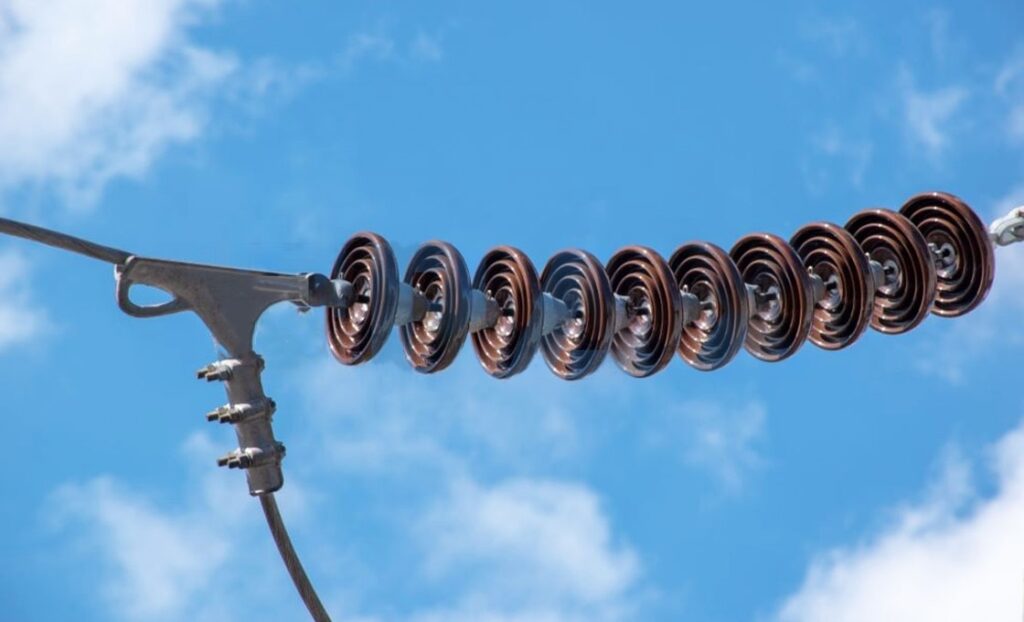
The installation process of the suspension insulators varies based on the type of suspension insulator, the power line configuration and local regulations. You should consult experienced professionals whenever in doubt. Some manufacturers also provide installation instructions and guidelines for their suspension insulators. The installation process ensures proper positioning, attachment and electrical insulation. Below is a general step by step process of installing suspension insulators.
- Follow safety precautions and ensure that the work area is safe and clear of any hazards.
- Prepare the tower or the supporting structure by cleaning, checking for damage or corrosion and ensuring it is structurally sound.
- Determine the appropriate positions for the suspension insulators along the power line. The spacing should be based on the electrical voltage and mechanical requirements of the line.
- Attach the suspension insulators to the tower or cross arm using suitable hardware and fittings. This involves using metal fittings like bolts, clamps and brackets to secure the insulator.
- Install the conductor onto the groove or shed of the insulators and secure it with conductor fittings or clamps.
- Apply pre-tension to the conductors to ensure proper sag and tension levels. This is achieved by using appropriate tensioning devices following manufacturers’ guidelines.
- Conduct inspection and testing after installation to ensure proper installation and functionality.
Tips for selecting the right suspension insulator
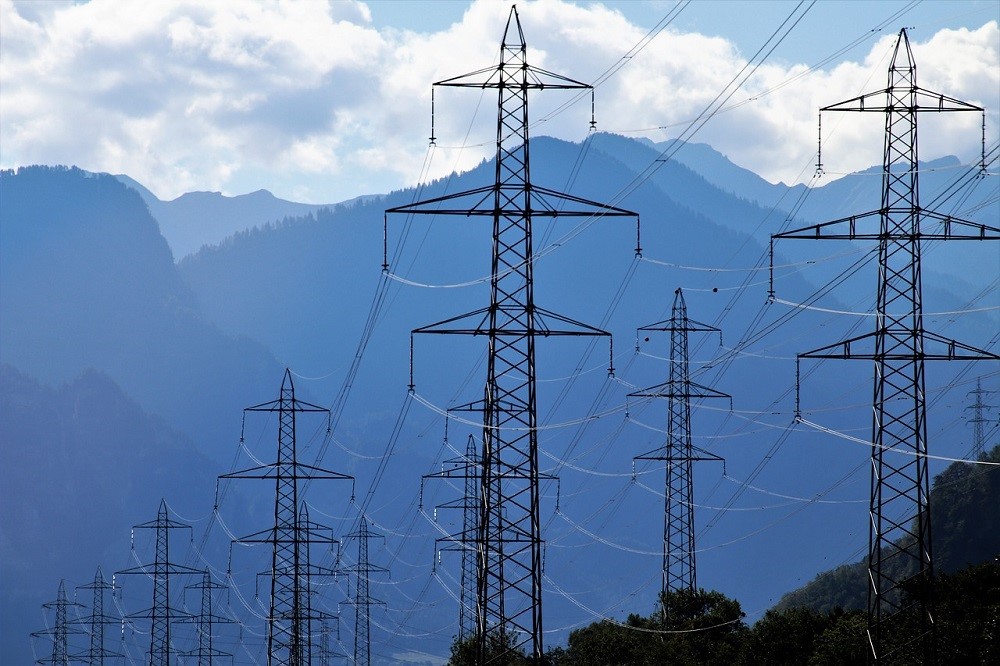
Since there are various manufacturers and suppliers in the market, it may be hard to decide who to buy from. The selected suspension clamps should meet the specific requirements of your power system. There are various factors that help select the best as discussed below.
- Determine the voltage rating required for the application to accommodate various voltage levels.
- Consider the mechanical strength of the insulator which should be able to withstand the mechanical stresses from various conditions.
- Evaluate the pollution performance requirements of the installation location. This ensures the insulators have designs and coatings that reduce the accumulation of pollutants and maintain insulation performance.
- Evaluate the environmental conditions of the installation area such as humidity, UV exposure and corrosive atmospheres.
- Ensure that the selected insulators comply with relevant industry standards and regulations.
- Consider the reputation and track record of the manufacturer or supplier who should be known for delivering high-quality products and after-sales services.
- Compare the cost of different suspension insulators while considering their performance and durability.
FAQs
Suspension insulators are devices used to support transmission lines on steel towers and isolate the lines from the tower.
Mechanical support
Electrical insulation
Prevent current leakage
Pollution control
Suspension insulators are cheaper in cost as compared to the other types of insulators used in high voltages.
They also have an increased insulation strength
Voltage limitations
Complex installation
High initial cost
Environmental conditions
Pollution levels

